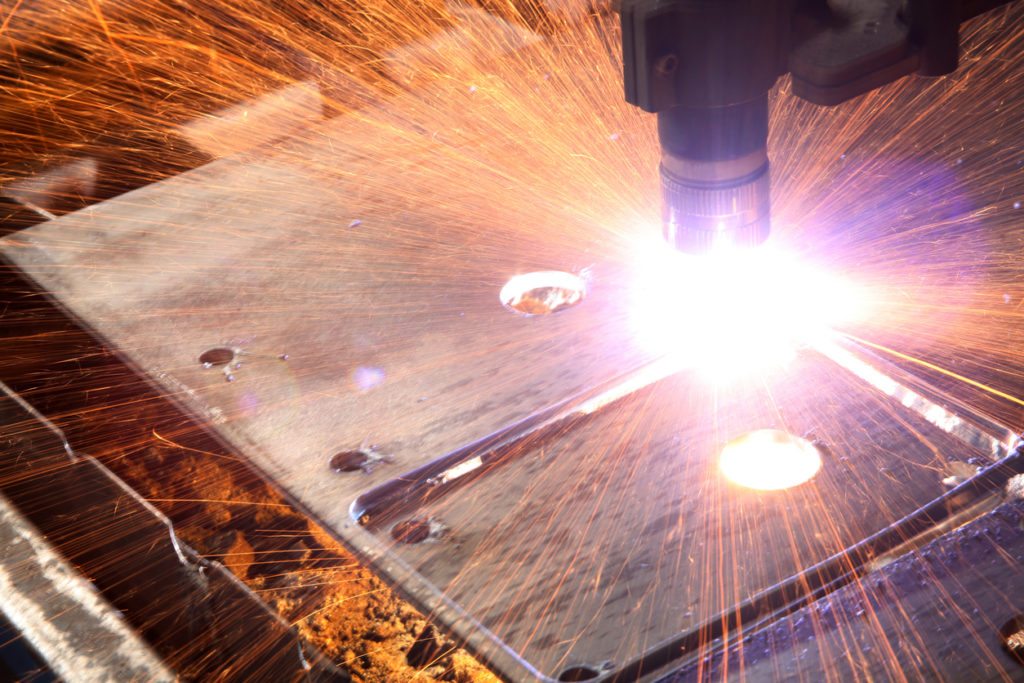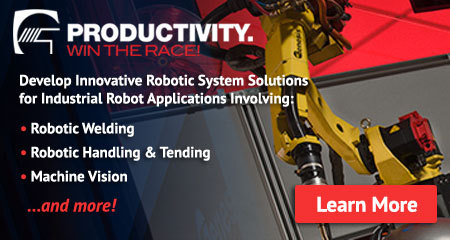Laser Welding Offers Significant Benefits in Specific Applications
 Laser welding has become a game-changer for many manufacturers, offering significant improvements in efficiency, precision, and cost-effectiveness. By reducing the need for post-weld finishing and shortening cycle times, it boosts productivity and delivers a strong return on investment. Compared to traditional methods like MIG or resistance welding, laser welding stands out in specific scenarios where accuracy and minimal heat input are critical.
Laser welding has become a game-changer for many manufacturers, offering significant improvements in efficiency, precision, and cost-effectiveness. By reducing the need for post-weld finishing and shortening cycle times, it boosts productivity and delivers a strong return on investment. Compared to traditional methods like MIG or resistance welding, laser welding stands out in specific scenarios where accuracy and minimal heat input are critical.
But how do you determine if laser welding is the right choice for your project? What unique benefits does it offer over other robotic welding techniques?
Key Advantages of Laser Welding
Laser welding provides several distinct advantages depending on the application. One of its main strengths is the extremely small heat-affected zone (HAZ), which minimizes distortion and ensures the surrounding material remains intact. The rapid cooling process also helps maintain the structural integrity of the part without causing annealing or deformation. Since no physical contact is required during the process, there’s virtually no mechanical stress on the component, making it ideal for delicate or complex parts.
This method works well with a wide range of metals, including both ferrous and non-ferrous materials. Its precision allows it to reach areas that are difficult or impossible to access with conventional welding techniques. Additionally, laser welding is highly controllable, resulting in minimal waste and high-quality welds every time.
Common Laser Welding Applications
The versatility of laser welding makes it suitable for a variety of industries. Some of the most common applications include:
- Precision Parts: Ideal for thin or fragile components where minimal heat and high accuracy are essential.
- Medical Devices: Ensures a clean, contamination-free process, crucial for maintaining hygiene in medical equipment.
- Remote Access Welding: Can be performed from a distance, allowing for welding in hard-to-reach or hazardous locations.
Beyond these, laser welding is widely used in industrial settings such as automotive manufacturing, aerospace, and appliance production. It's particularly effective for components like oven doors, gear systems, exhaust shields, and stainless steel fixtures. These applications highlight its ability to deliver consistent quality, low thermal impact, and high performance in demanding environments.
While not suitable for every application, laser welding is often a necessity when dealing with sensitive or intricate parts. In the right context, it can outperform traditional welding methods by providing unmatched precision, speed, and reliability.
Explore Genesis’ VersaLaser pre-engineered robotic welding system to see how real-world laser welding technology can benefit your operations.

I like what you said about laser welding not needing to touch the part, so you can do it from over a foot away from the part. My husband needs to weld some parts on one of his projects and I’m wondering if we need to get laser welding equipment. Thank you for the information about how this process allows one to reach hard-to-weld places that traditional processes can’t.
I didn’t realize that using lasers for welding fabrication meant that you could work on thinner pieces. This seems like it would be really helpful for computer parts or even car parts. That way you don’t have to worry about putting in ruined pieces or something like that.
Aluminium Doors,Internal Aluminium Doors,Sliding Aluminium Doors,Bifold Aluminium Doors,Aluminum Entrance Doors
Sinogar Metal Co.,Ltd , https://www.sedinoaluminium.com
That is really cool that laser holds a number of advantages. I didn’t know that it has a very low heat affected zone and had rapid cooling after welding. I know that my husband has really been into different types of welding. I wonder if he has done laser welding before.